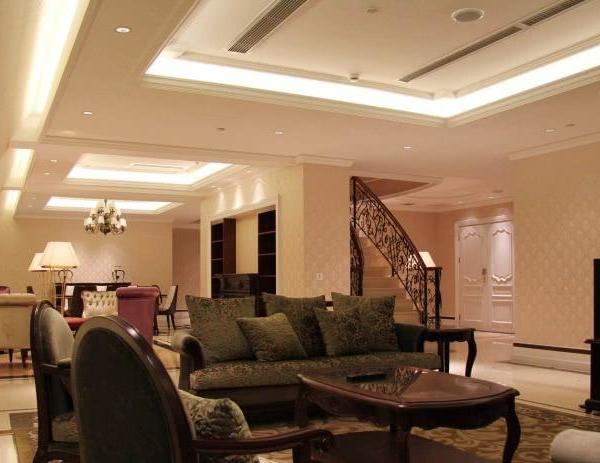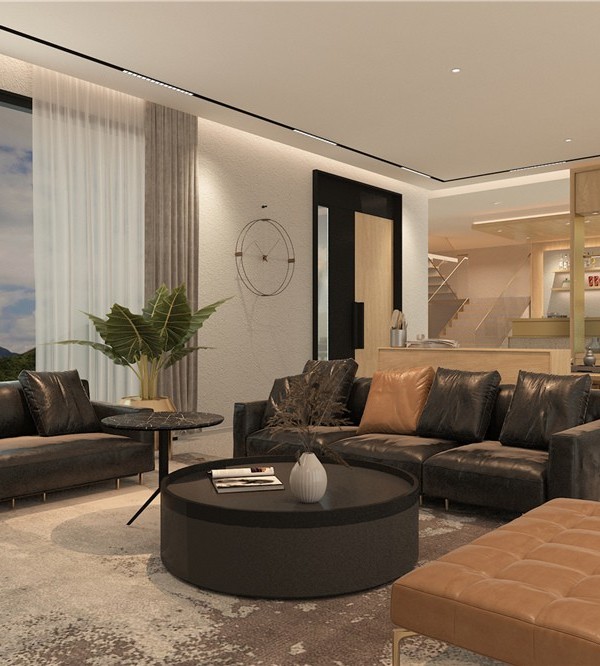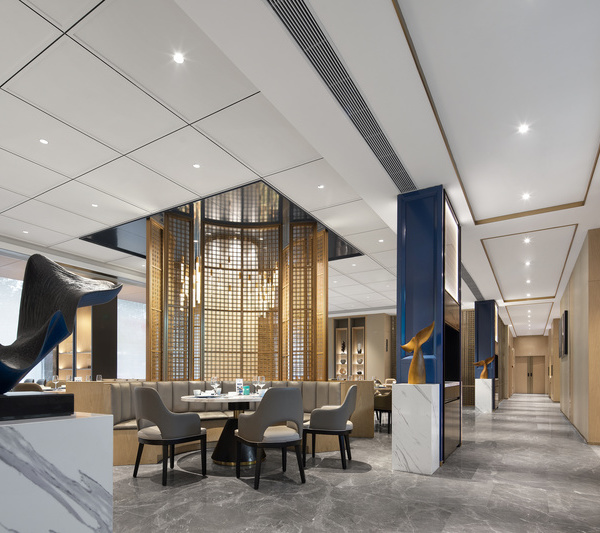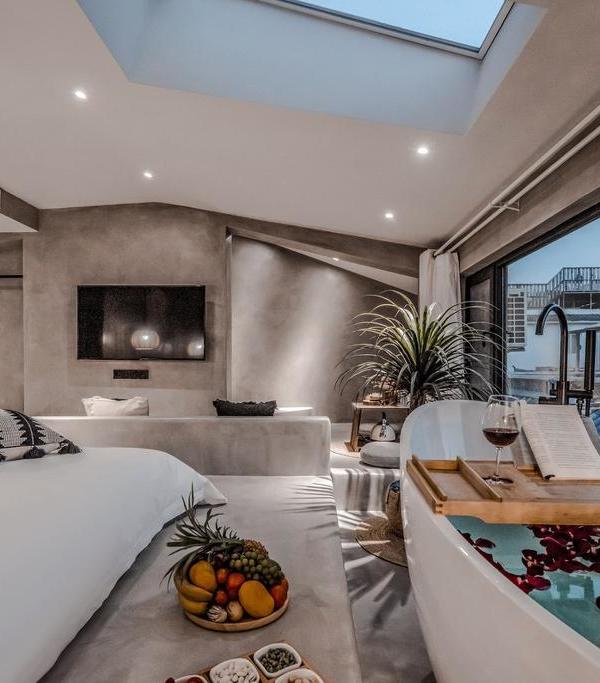The beautiful buildings of the former ceramic Sphinx factory in Maastricht provide the location for the latest project of Studio Modijefsky. The industrial heritage site has been transformed into The Commons, a contemporary restaurant and bar for the site’s new inhabitants – The Student Hotel. Located in the newest part of the monumental complex and spreading across three levels, ‘The Commons’ has a bold and vibrant interior, celebrating the heritage of both the site and the production process which used to take place in the old factory.
Located on Boschstraat, the Eiffel is an enormous industrial building designed to host Sphinx’ headquarters. Built in 1929 in three distinct stages of construction, this 183 meter long building has been nicknamed the “horizontal skyscraper” and is currently being redeveloped into a modern, vibrant city district. With its industrial brick façade and square steel windows, the Eiffel is one of the most iconic buildings in the city. The Commons, situated in the steel-constructed, north-east corner of the building is a very prominent new addition, grabbing your attention and inviting you in with its distinctive 5 meter high logo adorning the glass façade.
Designed to serve as both the breakfast area of the hotel and an all-day bar and dining space, this light-filled restaurant with an industrial edge easily adapts to both. A dark steel bar framed by two symmetrical staircases takes centre stage, with its design and finishes referencing the original fabric of the building. The same steel and concrete structure is then replicated on the lower level to create an intimate cocktail bar. Strong references to Eiffel’s industrial past appear throughout the whole restaurant, in a shape of steel railings, tables, bespoke steel chandeliers and two large steel vestibules.
The industrial theme is continued across the additional two levels. The mezzanine, a bright and cosy space filled with custom made tables and banquet seats is located above the kitchen. The basement, connected to the ground floor by a dark steel staircase, is designed to hold events such as concerts, poetry nights and book readings.
All levels of the restaurant are linked together by conceptual elevators – leather daybeds in various shapes and colours, suspended on metal rails. This playful reference is a nod towards the horizontal skyscraper theme and encourages people to use the restaurant more freely through a clever placement of chillout furniture. The most abstract of the ‘elevators’ is a small stage located in the basement. This ‘elevator music stage’ with its mirror-and-light ceiling can also be easily closed off using silver curtains and turned into a tiny private dance floor.
The bespoke furniture and refined colour scheme of the interior are inspired by the ceramic production process. Pastel shades of blue, grey, pink and yellow in the basement refer to the start of the process, using water and clay with round, geometrical poufs reflecting the shapes of pottery moulds. The ground floor is kept in slightly brighter tones of freshly glazed pottery. The mezzanine was designed using the most intense tones resembling finely baked ceramics. The pottery theme is continued with a variety of custom made round tables and the use of lazy susan, taking their distinct shapes from pottery wheels and work benches. The process of baking is referenced in the basement, where bathrooms covered in dark tiles resemble burnt ovens, with cylindrical lights appearing above them like a still roaring fire.
The industrial heritage of the building is constantly celebrated throughout the restaurant. Floor finishes used on both ground floor and mezzanine levels were designed to highlight the grid of the existing columns. Custom made track lighting emphasises the original steel ceiling beams.
A fresh take on brick pattern appears in the basement and continues upstairs, referencing tall pottery ovens that used to stand in those spaces. The shape of the pottery moulds and the tools used to make them have been used yet again, this time translated into dramatic industrial chandeliers, dividing the interior into different zones. The hard, geometrical shapes of the structure together with the soft clay inspired shapes create a very bold but harmonious interior.
While leaving the factory’s historical character mostly unaltered, Studio Modijefsky have turned the building into a contemporary, vibrant space. The Commons offers endless opportunities for sharing food and experiences and is the perfect spot for both large parties and more intimate gatherings. The fresh and crisp interior filled with playful objects is an exciting addition to the Sphinx complex, honouring its past and taking it to the next level.
Design:
Studio Modijefsky
Design team: Esther Stam, Natalia Nikolopoulou, Sophie van Heijningen, Zahra Rajaei, Sofia Lali, Camille Bilon
Photography: Maarten Willemstein
{{item.text_origin}}












